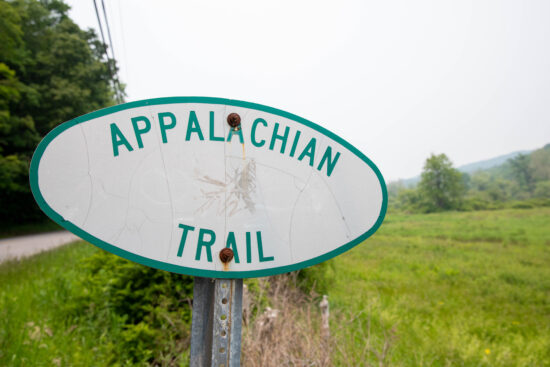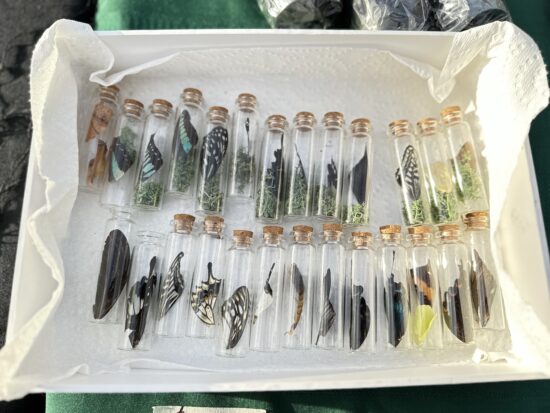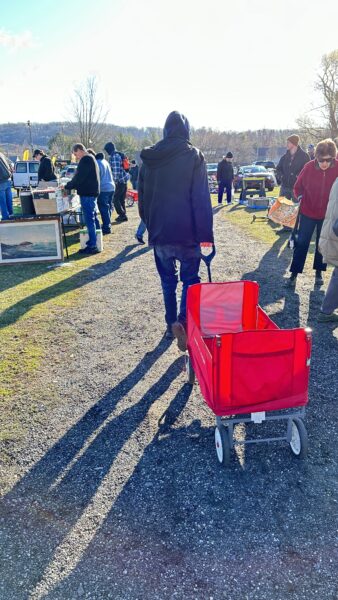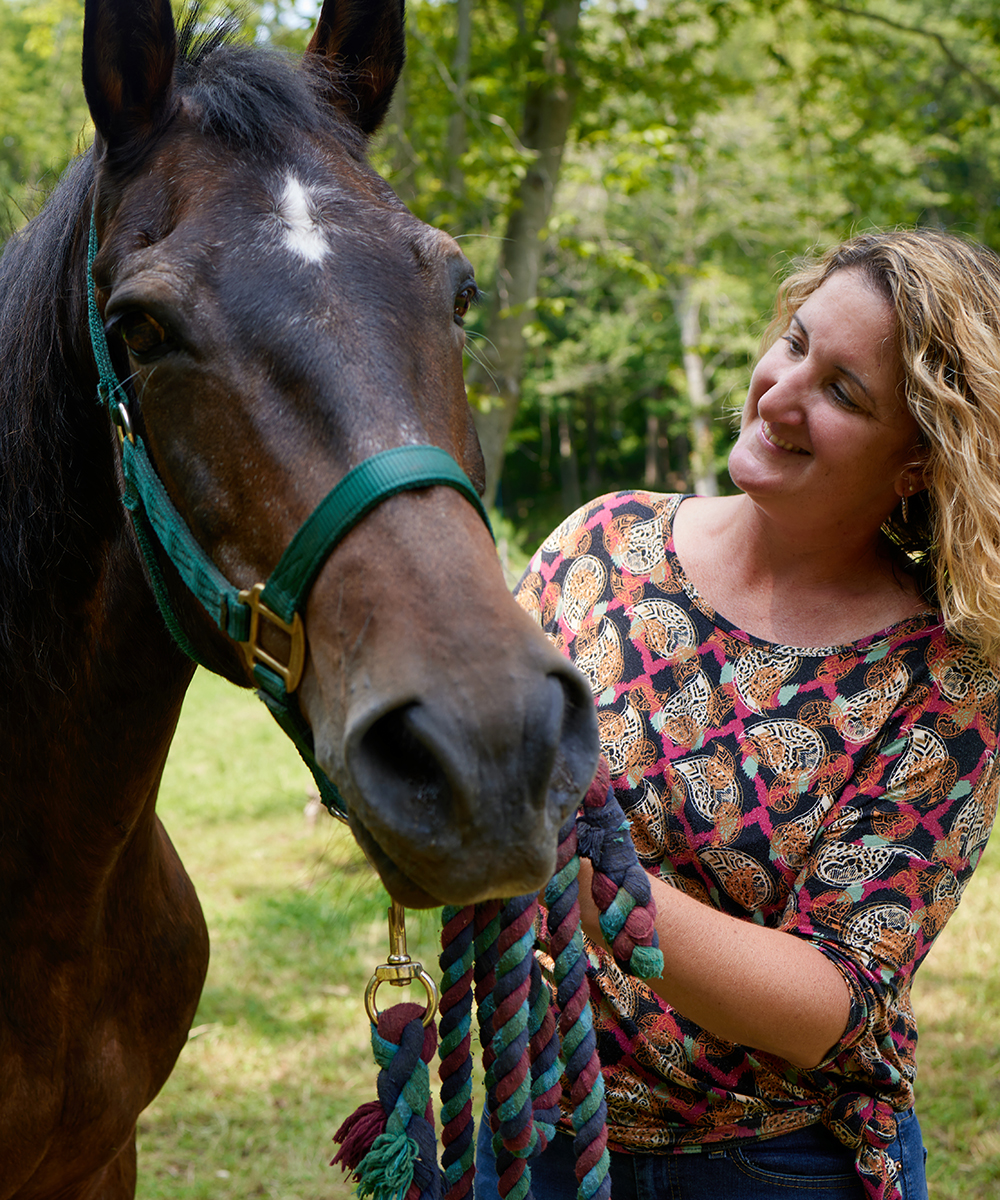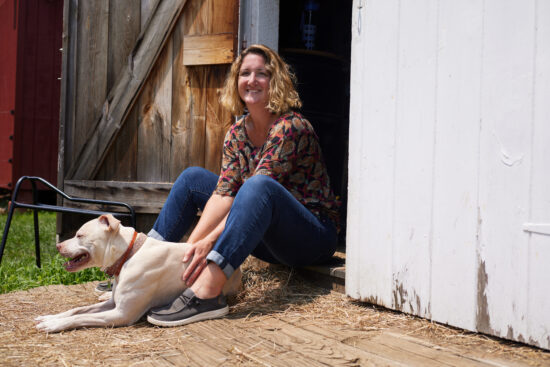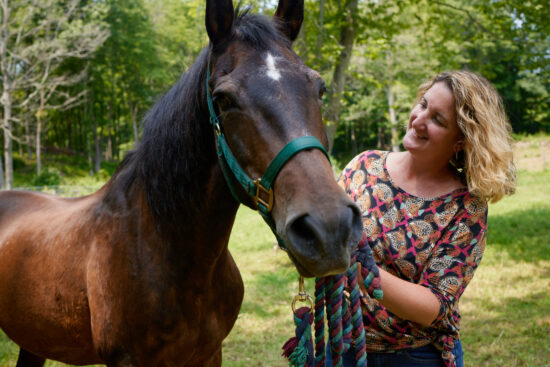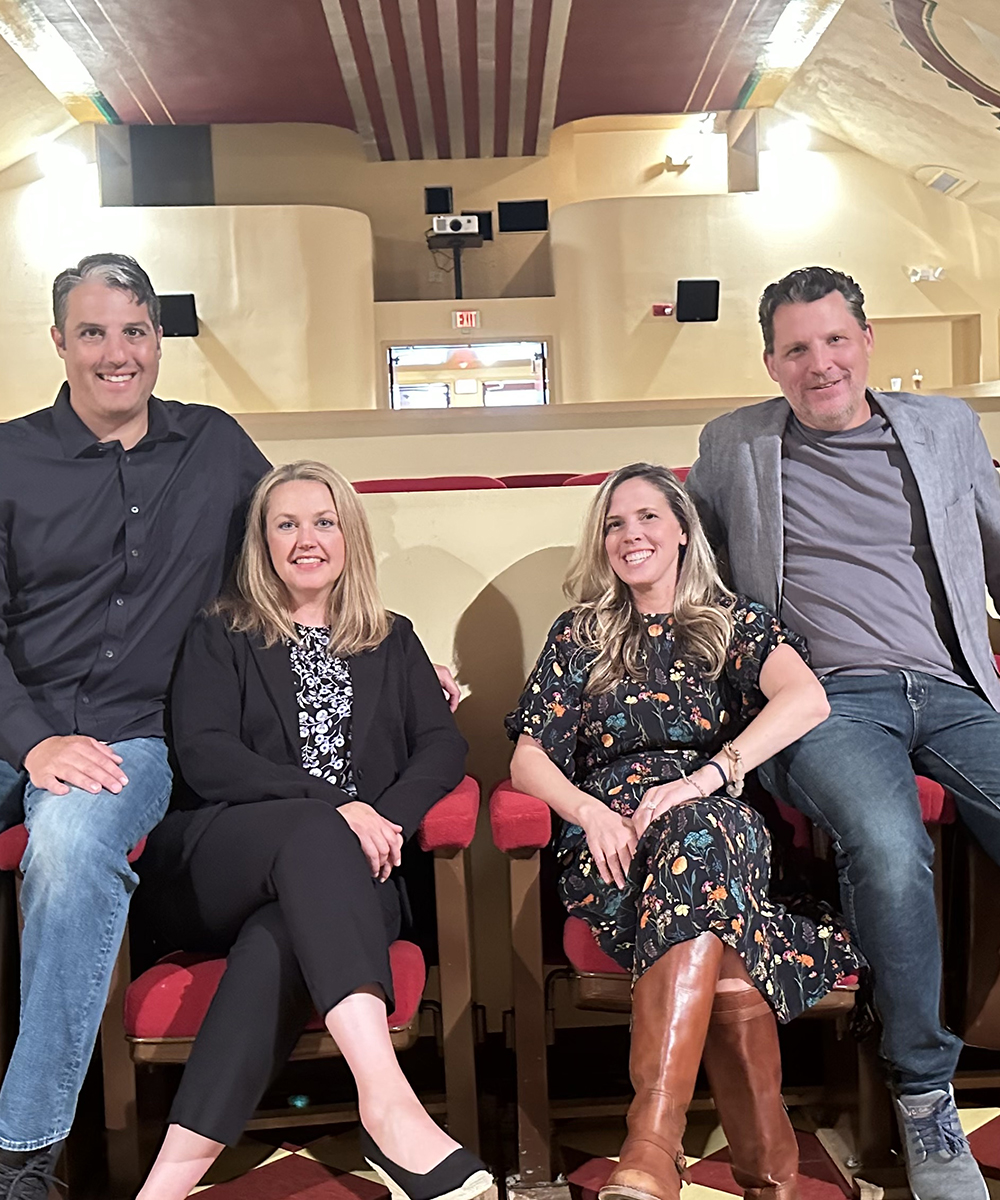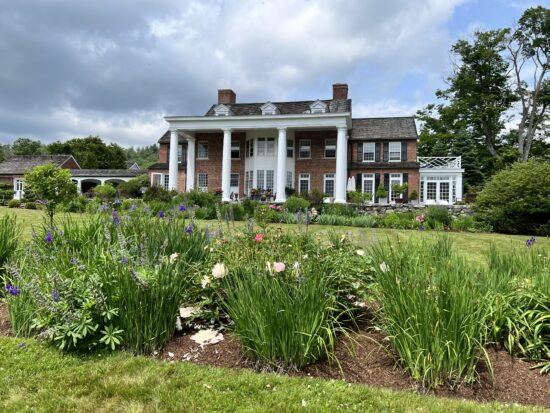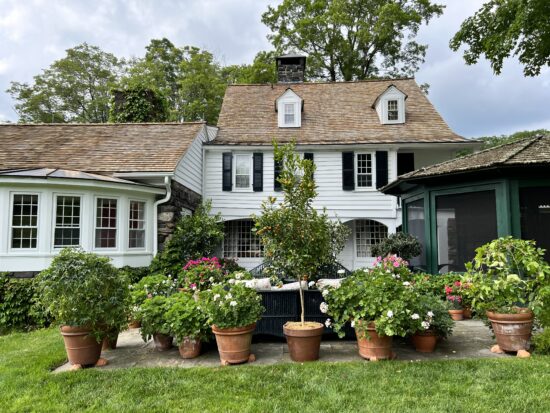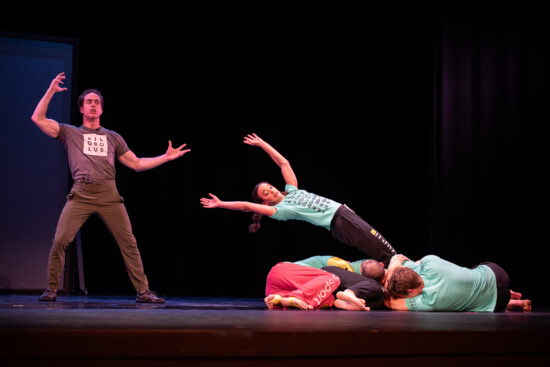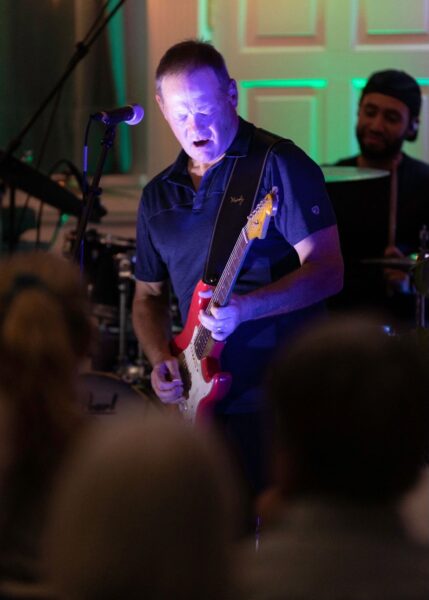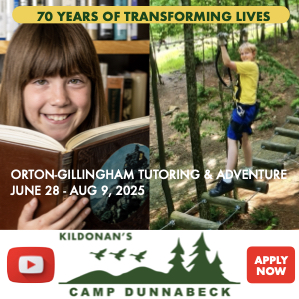By Brandee Coleman Gilmore
Litchfield County life favors the contemplative. Even if you live in a city here, you’re not far from the riches of nature, and the chance to cloak yourself in quiet. Outsiders can sense it—writers, artists, and musicians have flocked here for years to tap into that nexus of body, mind, and spirit. Knowing this, several non-profit retreat centers have set up shop in these woods, too—willing to serve the faithful, the seekers, and everything in between.
Isabella Freedman Jewish Retreat Center, Falls Village
This down-to-earth, kosher outlet meanders across 400 bucolic acres. With its deep red buildings and rustic accommodations, it feels like a summer camp where adults are allowed, too. Year-round programming weaves music, yoga, and ecology into Jewish tradition. Food is a centerpiece with a ten-acre organic garden, and a summer farm fellowship program for young people looking to bolster their faith, leadership skills, and connection to the land. The hope is visitors can find peace and purpose through connection with the planet and others. —adamah.org/retreat-centers/isabella-freedman



Silver Lake Camp & Retreat Center, Sharon
This year-round destination for families and groups could be the ticket if you’re looking to digitally detox and unwind. Accommodations deep in the woods have the comforting aroma of wood-burning fireplaces, and families have the option of cooking-in or coming when other groups are on site to dine community-style. You don’t have to be religious to plunk down here either—anyone is welcome. Take a dip in Silver Lake (Mudge Pond), tackle the high and low ropes courses, or just take the time to be. —silverlakect.org
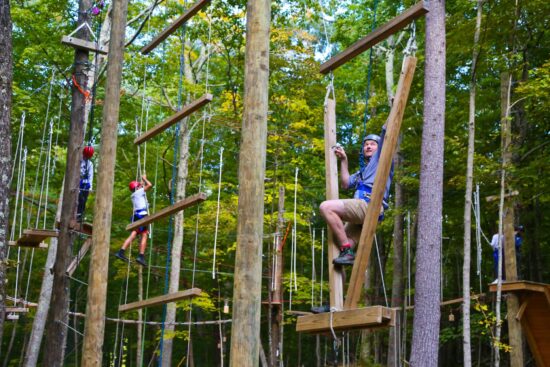

Trinity Retreat Center, West Cornwall
This fully modernized offering from NYC’s Trinity Church Wall Street hugs the Housatonic and nurtures souls with an undeniable sense of style and substance. Their mission is to foster wellness in a natural setting, and they make it easy. A chef whips up farm-to-table meals from the on-site garden, and guests stay in simple, pristine bedrooms. Soak up the spiritual with year-round programming serving all faiths, and take advantage of their stone chapel, perfectly manicured labyrinth, river views, hiking trails, and donkey sanctuary. —trinitywallstreet.org/trinity-retreat-center
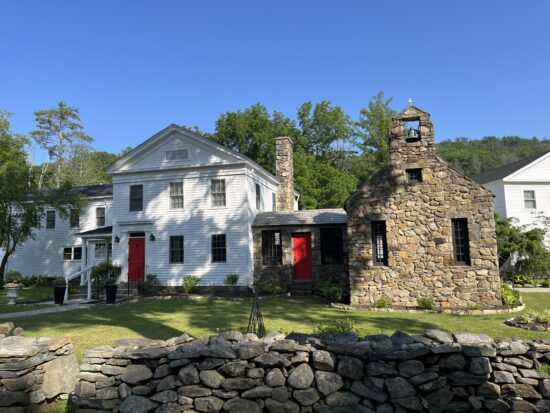
The Lourdes Shrine, Litchfield
You may have been to this hand-built replica of France’s Grotto Lourdes for the unique pleasure of an open-air Mass. The grounds are generally open from sunrise to sunset, but up the hill you can book a longer stay as a small group. The Montfort House, an English Manor originally built as a summer home, was a seminary for the Montfort Missionaries before converting to retreat space. Your group doesn’t have to be Catholic—they host musicians, yogis, book clubs, AA groups, and more. —shrinect.org


Wisdom House Retreat Center, Litchfield
This former convent now provides an interfaith environment for reflection and expression, and even suits as a place for artists to find mental and physical space to work. Individuals can daytrip here, with breakfast and lunch included or overnight accommodations for up to 150 are possible. Rooms are somewhat dorm-like, but they pride themselves on cleanliness and unforgettable, locally-sourced food. Meadows provide space to wander, while the labyrinth (Connecticut’s first) encourages focus. Year-round programming for all people centers on spirituality, wellness, the arts, and ecology. —wisdomhouse.org

Camp Washington Episcopal Camp and Retreat Center, Lakeside
Their classic summer camp has been here for over a century, but they also have year-round accommodations for midsize groups of up to 30. Quarters are simple, but the decor feels more hotel-like than dorm. They boast a gourmet menu, and offer a large, equipped home for meeting space (and additional sleeping space). Whether you’re seeking to turn inward or move forward by fostering community, the tools exist here, be it a spring-fed pond with water recreation, ropes courses, or 300 acres to explore in serenity. —campwashington.org
Abbey of Regina Laudis, Bethlehem
We’d be remiss if we didn’t mention the Abbey of Regina Laudis as a place to tend to your spiritual side. This cloistered Benedictine monastery only grants permission to stay overnight after an exchange of letters (and God’s leading), but anyone is free to visit the grounds for prayer and reflection. Attend mass with the Sisters, or pop into the monastic arts shop to explore the fruits of their many labors. Not to miss is their famous 18th-century, Italian creche. —abbeyofreginalaudis.org









